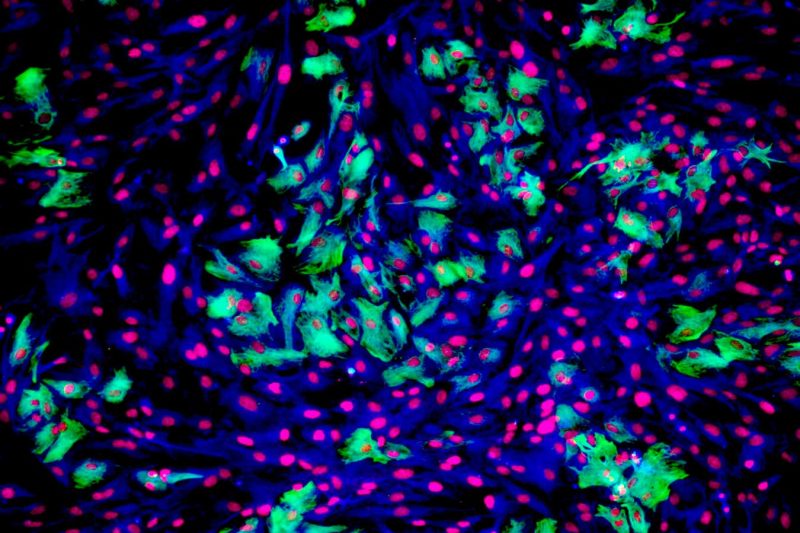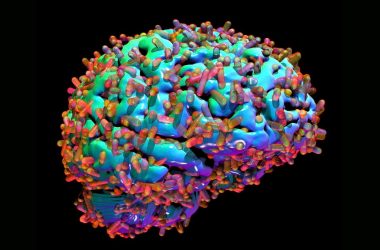A new study has revealed the discovery of a unique type of brain cell called a glutamatergic astrocyte. This finding could potentially provide insights into the development of neurodegenerative conditions like Parkinson’s disease.
Understanding Brain Cells
In general, brain cells can be categorized into two types: neurons and glia. Neurons are known to communicate with each other through synapses, while glia do not use this type of signaling.
The Controversial Discovery
About two decades ago, scientist Andrea Volterra and his colleagues reported that some types of glia can use synaptic-like transmission to communicate with other cells. However, these findings were met with controversy and replication difficulties.
New Techniques and Findings
In a recent study, Volterra and a different team of researchers investigated this controversy further. They analyzed gene production data in mouse cells to identify protein complexes necessary for synaptic transmission in cells other than neurons. The study focused specifically on astrocytes in the hippocampus region of the brain, where non-neuronal synaptic transmission was previously claimed to occur.
Glutamatergic Astrocytes
The analysis revealed clusters of astrocytes that showed the ability to participate in synaptic transmission. These cells were found to release the neurotransmitter glutamate, which is commonly found in the brain. The researchers named these cells glutamatergic astrocytes due to their unique characteristics.
A Hybrid Cell
Volterra describes glutamatergic astrocytes as a hybrid cell, sharing qualities of both astrocytes and neurons. These cells release neurotransmitters at a speed and mechanism typically associated with neurons.
Human Relevance
The researchers also found similar protein signatures of synaptic transmission in non-neuronal cells in humans. This suggests that these cells are present in people as well.
Potential Functions
The function of glia cells that communicate via synaptic transmission is still under investigation. One possibility is that these cells enable better coordination of signals in the brain, as they can connect with numerous synapses. Understanding the role of these cells could provide insights into conditions like Parkinson’s disease, which involve degeneration of brain circuits associated with movement.








